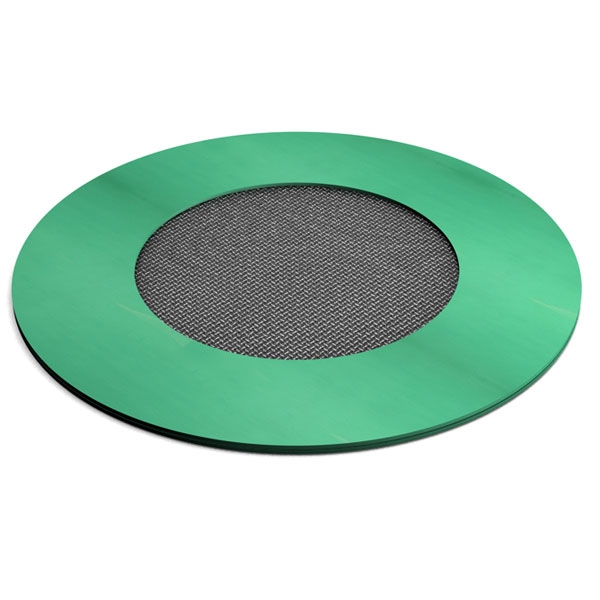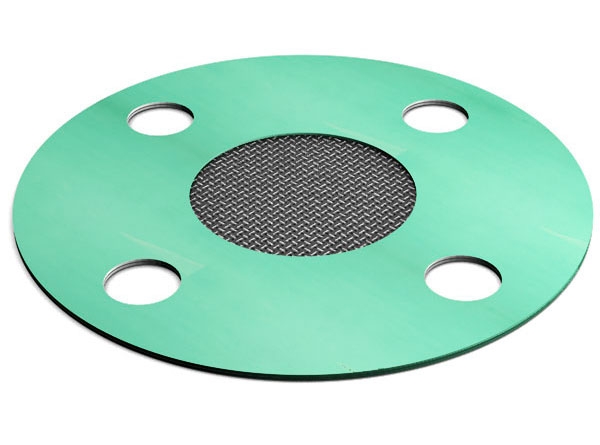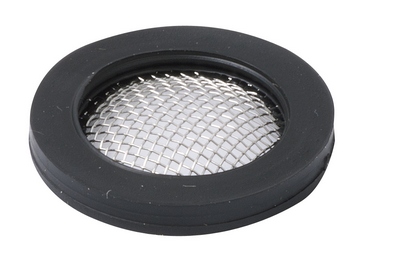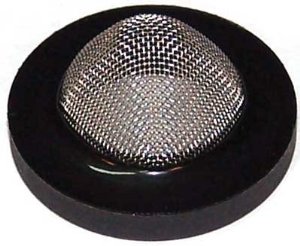Strainer
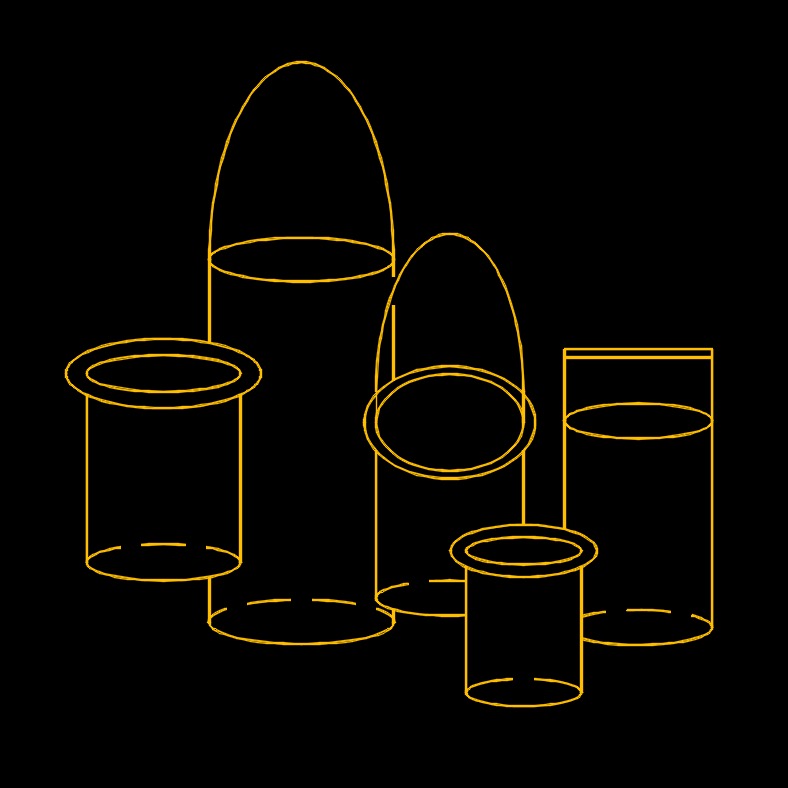 Strainers, abbreviated as STR or STRS, are closed vessels that collect solid particles to be separated while passing a fluid through a removable screen. The screens can collect particles down to 0.001 inch in diameter. They can remove more than unwanted material. They can also remove wanted materials that can be used elsewhere or in other processes. You can find strainers upstream of sensitive equipment such as meters, pumps, compressors, traps, valves and filters. Strainers and filters are basically the same thing. The difference is that a filter removes much smaller particles, particles you normally can't see. If you can not see the material being removed, it is usually called a filter.
Strainers, abbreviated as STR or STRS, are closed vessels that collect solid particles to be separated while passing a fluid through a removable screen. The screens can collect particles down to 0.001 inch in diameter. They can remove more than unwanted material. They can also remove wanted materials that can be used elsewhere or in other processes. You can find strainers upstream of sensitive equipment such as meters, pumps, compressors, traps, valves and filters. Strainers and filters are basically the same thing. The difference is that a filter removes much smaller particles, particles you normally can't see. If you can not see the material being removed, it is usually called a filter.
You can find strainers in almost every industry: chemical, food, water, petroleum, paint and ect. Strainers come in different configurations such as Y Strainers, Simplex Strainers, Duplex Strainers and Temporary Strainers. They can be bolted, threads or welded in line.
Strainer Design Classification
- Basket Strainer - Basket strainers come in two types, single and double. A simplex strainer (single basket) is used when the flow or process can be shut down for a short period of time.
- Duplex Strainer - A duplex strainer (double basket) is used when the flow or process can not be shut down and must continue to flow. The duplex allows you to shut one basket for cleaning while the other is still in operation. The screen is in the shape of a basket and removed from the top and the strainer. These are normally used where larger amounts of trash/solids need to be removed. They can come with a blow-off connection for manual or automatic cleaning.
- Gasket Strainer - Gasket strainers come in many types working as a functional gasket between two flanges. It is a stainless steel mesh between the gasket material.
Strainer Advantages and Disadvantages | |
|---|---|
| Advantages | Disadvantages |
|
|
- Simplex Strainer - Basket strainers come in two types, single and double. A simplex strainer (single basket) is used when the flow or process can be shut down for a short period of time. A duplex strainer (double basket) is used when the flow or process can not be shut down and must continue to flow. The duplex allows you to shut one basket for cleaning while the other is still in operation. The screen is in the shape of a basket and removed from the top and the strainer. These are normally used where larger amounts of trash/solids need to be removed. They can come with a blow-off connection for manual or automatic cleaning.
- Tee Strainer - Tee strainers are used where a compact accessible strainers is needed for protection of pumps, valves and similar equipment.
- Temporary Strainer - Their are three types of temporary straineres, cone, truncated cone, and flat. They are normally used during the initial startup of a new application such as a pump. It is inserted between two flanges in the pipeline up stream of the equipment to be protected. After startup and the debris has been collected by the strainer, it is usually removed. There is little pressure drop when the screen is clean since it is in a straight flow with the pipe. The bottom of the screen cone is to be down stream.
- Flat Perforated and Flat Face Perforated Strainer - These are the simplest to fabricate and consequently are the least expensive. However, they clog rapidly and have potentially high pressure drop losses due to the open area. This strainers should only be used where low initial cost is mandatory and piping can only be separated enough to insert this type.
- Perforated Conical Strainer - These strainers have more area than flat perforated strainers which allows for slower clogging and lower pressure drop. They require an accessable section of pipe, such as a spool, to insert and remove the strainer.
- Perorated Basket Strainer or Truncated Cone Strainer - This strainer has an advantage over perforated ponical strainers because of the straight sides and flat bottom. This allows for larger internal volume to retain solids resulting in lower pressure drop over time allowing longer time between cleanouts.
- Wire Basket Strainers - These are completely constructed from wire mesh and has asignificantly lower pressure drop. Inherent construction features severly limit the allowable differential pressure these strainers can withstand. these strainers are recomended only for light duty service.
- Y Strainer - There are two types of strainers, basket and y. The y strainer is normally used where there is a small amount of material to be collected. This strainer can be installed in the horizontal or vertical position. The basket must be to the bottom of the pipe or facing the down flow direction to collect the particles. A y strainer can come with a blow-off connection for automatic cleaning. With liquids, y strainers have a greater pressure drop than basket strainers because of their size (comparing same sizes). But with gases, a y strainer has a relatively low pressure drop.
Strainer Mesh Size | |
|---|---|
| Mesh Size | Particle Diameter
(meter x 10-6) |
| 4 | 5,205 |
| 8 | 2,487 |
| 10 | 1,923 |
| 14 | 1,307 |
| 18 | 1,000 |
| 20 | 840 |
| 25 | 710 |
| 30 | 590 |
| 35 | 500 |
| 40 | 420 |
| 45 | 350 |
| 50 | 297 |
| 60 | 250 |
| 70 | 210 |
| 80 | 177 |
| 100 | 149 |
| 120 | 125 |
| 140 | 105 |
| 170 | 88 |
| 200 | 74 |
| 230 | 62 |
| 270 | 53 |
Factors Contributing to Pressure Drop in a Strainer
Pressure drop in a strainer is the decrease in fluid pressure as the liquid or gas passes through the straining element. Strainers are designed to remove solid particles or impurities from a fluid stream, and as the fluid flows through the strainer, it encounters resistance, leading to a reduction in pressure.
Strainer Design - The design of the strainer, including the size and shape of the straining element and the overall structure, plays a significant role in determining the pressure drop. Different strainer types may have varying pressure drop characteristics.
Mesh or Perforation Size - The size of the mesh or the diameter of the perforations in the straining element influences the pressure drop. Finer meshes or smaller perforations tend to cause higher pressure drops as they offer more resistance to the flow.
Flow Rate - Higher flow rates through the strainer can result in increased pressure drop. The fluid experiences more resistance as it passes through the straining element, leading to a greater drop in pressure.
Burst and Collapse - It is important to know the maximum allowable pressure a strainer can withstand. A strainer not able to withstand an existing differential pressure can damage downstream equipment by allowing undesired debries downstream or by being forced downstream itself. A strainers maximum allowable pressure is a function of its materials of construction, geometry, and orientation in the pipeline.
Clogging - Loss coefficient generally exhibit a sharp increase with initial strainer clogging. The loss curve remains relatively flat until the strainer is 60% - 70% clogged, then rises exponentially. Recomended procedure is to clean strainers when they are 50% - 60% clogged, as measured by differential pressure gauges.
Material and Cleanliness of Straining Element - The material of the straining element and its cleanliness affect the pressure drop. A strainer with a clean, smooth surface may have lower pressure drop compared to one with a dirty or clogged straining element.
Orientation and Installation - The orientation of the strainer and how it is installed in the pipeline can impact pressure drop. Strainers should be installed with proper alignment to minimize turbulence and pressure losses.
Type of Fluid - The properties of the fluid being filtered, such as viscosity and density, can influence the pressure drop through the strainer.
Strainer Size - The physical size of the strainer, including the diameter and length of the straining element, can affect pressure drop. Larger strainers may have lower pressure drops compared to smaller ones, assuming other factors remain constant.
It's important for engineers and system designers to consider pressure drop when selecting and sizing strainers for a particular application. Balancing the need for effective filtration with the acceptable pressure drop is needed to ensuring the optimal performance of the overall system. Regular maintenance, including cleaning or replacing the straining element, can help manage pressure drop over time.


